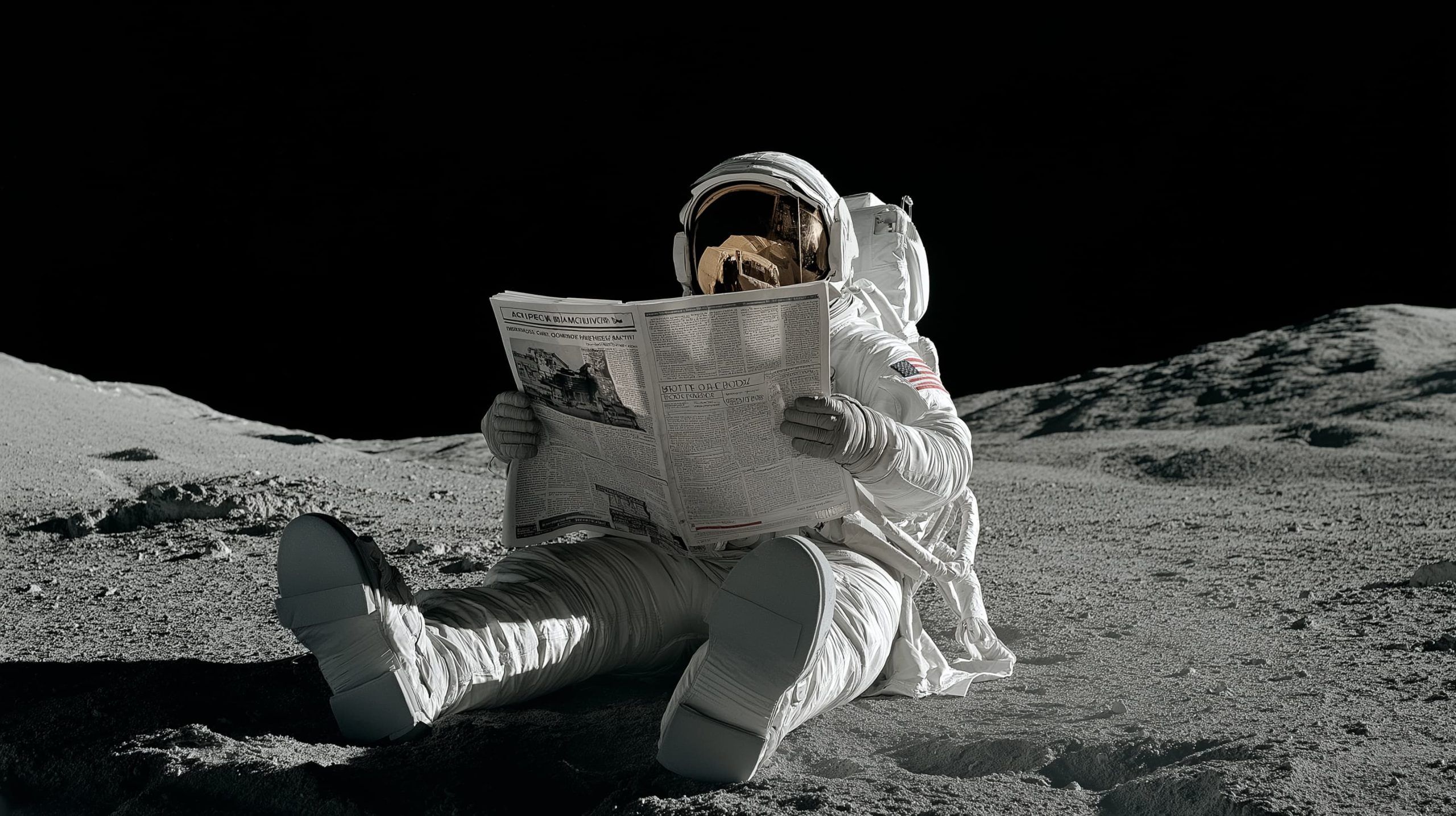- SpaceX’s latest Starlink mission: On Oct. 7, SpaceX launched 28 Starlink satellites from Cape Canaveral and successfully landed the Falcon 9 first stage on a drone ship [1]. It was SpaceX’s 126th Falcon 9 launch of 2025, part of a record-breaking launch cadence, and brought the in‑orbit Starlink constellation to over 8,500 satellites [2]. Space.com notes the next Starship test flight is scheduled for Oct. 13 [3] as SpaceX continues to refine its next-generation super-heavy booster.
- Commercial launches and missions: Rocket Lab announced its next Electron mission, “Owl New World,” will lift off on Oct. 14 (UTC) from New Zealand carrying Synspective’s seventh SAR Earth-observation satellite [4]. Meanwhile, Blue Origin confirmed its next New Shepard crewed flight (NS-36) will launch on Oct. 8 from Texas [5] (with crew including Jeff Elgin, Danna Karagussova, et al.). Blue Origin’s countdown to NS-36 will mark the 15th New Shepard flight overall. (Also this week, the UAE announced a major milestone: its Technology Innovation Institute test-fired the country’s first liquid-fuel rocket engine on Oct. 6 [6], a 250-N thruster built for small-satellite propulsion.)
- NASA and government updates: Space advocacy heated up on Oct. 6, when the Planetary Society (led by Bill Nye) staged a “Save NASA Science” Day of Action on Capitol Hill [7]. Over 300 supporters urged Congress to restore deep cuts to NASA science funding. Nye warned that the proposed budget would “force the premature termination of dozens of missions,” and insisted that “when it comes to exploration, there is no private option” [8] [9]. (With the U.S. government in a partial shutdown, NASA furloughed 15,000 employees and put non-critical missions on hold.) In related news, NASA and Blue Origin announced that the twin ESCAPADE spacecraft (for studying Mars’ space environment) will ride the second New Glenn rocket in late 2025 [10] [11], marking another commercial partnership to Mars.
- Interplanetary missions: China’s asteroid probe Tianwen-2 is on course toward asteroid 2016 HO3 (a quasi-satellite of Earth). On Oct. 1, CNSA confirmed Tianwen-2 has traveled ~45 million km and remains in good condition [12]. It will rendezvous with the ~100m asteroid in 2026 to collect samples. Meanwhile, NASA’s Jupiter orbiter Juno appears to have run out of mission time: its latest extension expired Sept. 30, and with the government shutdown NASA could not confirm if Juno is still operating [13] [14]. Space.com reports Juno’s future is unknown until funding resumes, even as scientists await continued data (the probe is not an “excepted” mission during the shutdown [15]).
- Astronomy highlight – Harvest Supermoon: Skywatchers enjoyed October’s full “Harvest Moon” on Oct. 6/7. This full moon coincided with perigee, making it the first supermoon of 2025 [16] [17]. Space.com explains the Harvest Moon rose large and orange just after sunset on Oct. 6, casting a bright moonlight on farm fields and skywatchers alike [18].
- ESA’s new antenna in Australia: On Oct. 4, the European Space Agency inaugurated a 35-meter deep-space antenna at New Norcia, Australia [19]. ESA Director General Josef Aschbacher said this “strategic investment reinforces ESA’s deep-space communication capabilities and maximizes the return of our missions’ most valuable asset: data delivered from spacecraft voyaging far from Earth” [20]. The new antenna (the fourth in ESA’s network) will support missions like JUICE (Jupiter), BepiColombo (Mercury), Solar Orbiter, and future probes to Mars and beyond [21].
- Lunar science breakthroughs: Chinese scientists unveiled dramatic new findings from Chang’e-6 lunar samples this week. Analysis of the first-ever rocks from the Moon’s far side shows that the far-side mantle is significantly cooler (and much drier) than the near side [22] [23]. Space.com reports that the Chang’e-6 team found “there’s less water in the mantle beneath the farside of the moon than in the mantle on the nearside,” consistent with predictions of the giant-impact formation theory [24]. “We believe the new result is in line with the giant impact hypothesis of the moon,” said Prof. Hu Sen (Chinese Academy of Sciences) [25]. In short, Chang’e-6 sample analyses bolster the idea that a Mars-sized body smashed into early Earth 4.5 billion years ago, with far-side rocks retaining the telltale dry signature of that origin. In related news, researchers in China and the UK published in Nature Geoscience (Sept. 30) that Chang’e-6 basalt samples show far-side lava formation temperatures ~100°C lower than near-side lavas [26], confirming the moon’s two-faced nature.
- Budget cuts and advocacy: The Planetary Society’s day of action highlighted a growing battle over space funding. U.S. officials in Congress have already signaled intent to restore NASA’s science budget, but with the government shutdown the outcome is uncertain [27]. Planetary Society CEO Bill Nye reminded lawmakers that investing in NASA yields huge returns — “for every dollar spent, at least three come back” in economic growth [28]. He and other leaders (including lawmakers) vowed to keep pressing Congress once budget talks resume.
- International and Commercial Developments: The UAE is forging ahead on space technology, testing its first domestically-built rocket engine [29]. Abu Dhabi’s Technology Innovation Institute announced on Oct. 6 that it has designed, built and successfully fired a 250-Newton liquid-propellant thruster — a key step toward indigenous satellite propulsion and launch capabilities [30]. And India’s space program remains busy with Earth observations and interplanetary planning (though no major launches occurred on Oct. 6–7, India’s GSLV and PSLV rockets have upcoming missions this fall). Finally, the global NewSpace industry continues its rapid pace: A Spaceflight Now report notes SpaceX has now landed 515 Falcon boosters to date [31], underscoring the scale of today’s commercial launch tempo.
Sources: Authoritative space news outlets and agencies on Oct. 6–7, 2025, including Space.com, NASA and ESA releases, and Spaceflight Now [32] [33] [34] [35] [36] [37]. These sources provide official data, mission details, and expert quotes for each item above.
References
1. www.space.com, 2. www.space.com, 3. www.space.com, 4. www.globenewswire.com, 5. www.blueorigin.com, 6. www.tii.ae, 7. www.space.com, 8. www.space.com, 9. www.space.com, 10. www.nasa.gov, 11. www.nasa.gov, 12. global.chinadaily.com.cn, 13. www.space.com, 14. www.space.com, 15. www.space.com, 16. www.space.com, 17. www.space.com, 18. www.space.com, 19. www.sciencedaily.com, 20. www.sciencedaily.com, 21. www.sciencedaily.com, 22. news.cgtn.com, 23. www.space.com, 24. www.space.com, 25. www.space.com, 26. www.scmp.com, 27. www.space.com, 28. www.space.com, 29. www.tii.ae, 30. www.tii.ae, 31. spaceflightnow.com, 32. www.space.com, 33. www.sciencedaily.com, 34. www.space.com, 35. www.space.com, 36. www.space.com, 37. www.tii.ae










